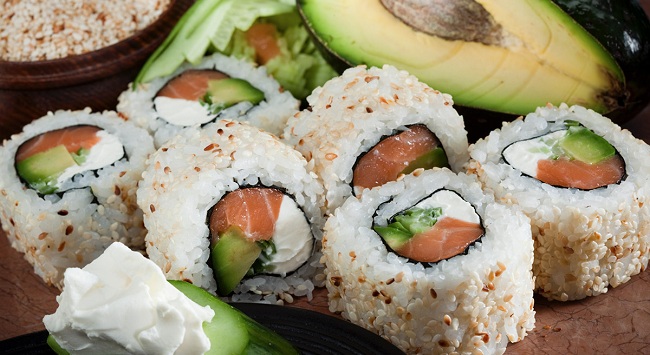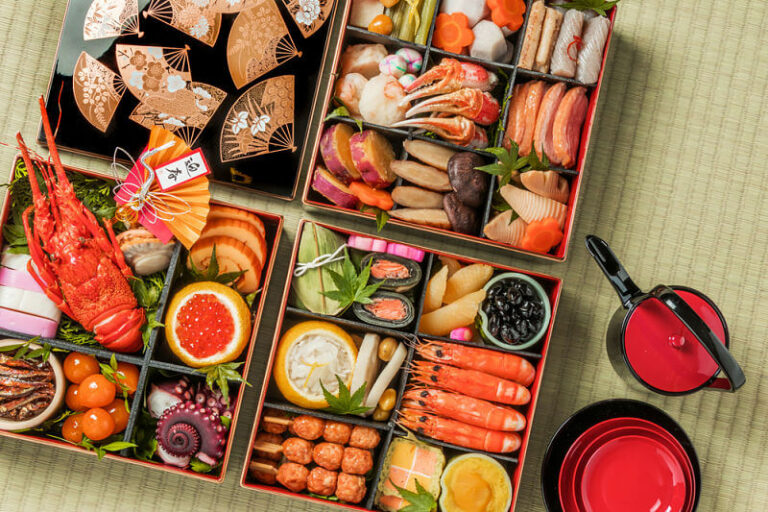Introduction: The Perception of Japanese Cuisine
When it comes to Japanese cuisine, many people immediately think of sushi and ramen. These dishes have become synonymous with Japanese food in popular culture, and are often the first things that come to mind for those unfamiliar with the cuisine. However, this narrow view of Japanese food fails to capture the true depth and variety of this rich culinary tradition.
Beyond Sushi and Ramen: The Variety of Japanese Cuisine
Japanese cuisine encompasses a wide range of dishes and ingredients, each with their own unique flavors and preparation methods. From delicate sashimi to hearty udon noodles, from savory tempura to sweet wagashi desserts, Japanese cuisine is a treasure trove of flavors and textures. In fact, it is estimated that there are over 40,000 different dishes in Japanese cuisine, making it one of the most diverse in the world.
Regional Specialties: Exploring the Flavors of Japan
One of the most fascinating aspects of Japanese cuisine is its regional diversity. Each region of Japan has its own unique culinary traditions and ingredients, resulting in a vast array of flavors and styles. For example, the seaside town of Kanazawa is famous for its seafood dishes, while the mountainous region of Nagano is known for its hearty soba noodles. From the fiery spices of Kyushu to the delicate flavors of Kyoto, exploring the regional specialties of Japan is a culinary adventure in itself.
Traditional vs. Modern: The Evolution of Japanese Cuisine
Japanese cuisine has a rich history that dates back centuries, and many traditional dishes continue to be enjoyed today. However, Japanese cuisine has also evolved and adapted over time, incorporating new ingredients and cooking techniques. For example, fusion cuisine has become increasingly popular in recent years, blending traditional Japanese flavors with Western influences. This fusion can be seen in dishes such as sushi burritos and matcha lattes.
Cultural Significance: The Rituals of Japanese Dining
Japanese cuisine is not just about the food itself, but also about the rituals and traditions that surround it. From the meticulous preparation of sushi to the communal hot pot of nabe, Japanese dining is steeped in cultural significance. Even the simple act of pouring tea is elevated to an art form in the traditional Japanese tea ceremony. These rituals and traditions add another layer of richness to the already vibrant world of Japanese cuisine.
Conclusion: Appreciating the Diversity of Japanese Food
While sushi and ramen may be some of the most well-known Japanese dishes, they are just the tip of the culinary iceberg. Japanese cuisine is a vast and diverse world, full of rich flavors and fascinating traditions. By exploring the regional specialties, embracing the evolution of Japanese cuisine, and appreciating the cultural significance of Japanese dining, we can gain a deeper appreciation for this unique and delicious food culture.




